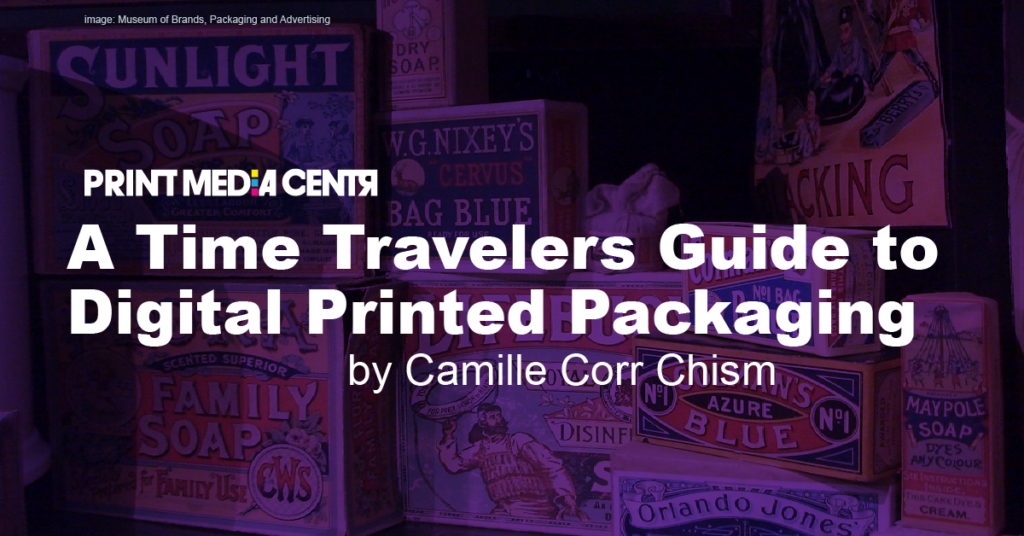
Digital printing is all the rage, we hear about it often in the packaging industry. How did we get here? Currently, there are over 25,000 companies in the United States alone that specialize in commercial printing, and just under 10,000 of those companies have digital print capabilities. The global digital print industry is valued at $25 Billion, and the US portion of that market is just over half of that at $13 Billion.
Worldwide, the print industry is big business, raking in approximately $800 Billion of revenue and is expected to surpass $825 Billion in the next few years. Despite the Pandemic and massive supply chain challenges, the US print market managed to comprise about 10% of the worldwide total.
If we could travel through time, we would see that the concept of printing has been around a very long time. Humans first used print to communicate and decorate. Some of the most common materials used were textiles and paper. For many civilizations, printing was a natural transition, once they created their own version of paper.
The first stop in our time machine is Ancient Asia
As early as 500 BC paper was used in what is now South America. Some assign the invention of printing to China as early as the Eighth Century and there is evidence of printed fabrics from the Third Century!
Our next stop is Pre-Colonial Africa and the Middle East
Papyrus was made into paper around 3000 BC and by the Ninth Century, block printing was used in Africa and the Middle East. During the 15th Century Timbuktu, Modern Day Mali, was known as a premier center of scholarship, housing a library of 300,000 books and manuscripts.
Let’s check out Europe during the Industrial Age
The timeline for print quickly accelerated during the industrial age. What is now known as the print industry began during the 15th century in Germany when the Gutenberg Press was invented. This machine was known for printing the Bible and making it more accessible. This machine revolutionized various industries, such as books, however, it was the catalyst for printing mass-manufactured goods.
Time to get back in our time machine and fast forward to the 1980s
The introduction of desktop computers enabled artists to use create fine art using digital print. World-renowned museums like MoMA installed pieces created digitally and famous artists such as Annie Liebovitz created iconic photography that reached the masses through magazines and museum installations.
The next stop is current day 2022.
The packaging industry is incorporating digital print for more and more pack applications. Pandemic-related supply chain challenges have shifted some packaging to digital print.
What differentiates digital printing different from the traditional packaging print methods of flexo, litho, and gravure?
The first difference is the lack of print plates. Since all the print is done at once, that means the cost of print plates is gone. The ability to design and produce print virtually during the pandemic has made digital print a desirable option. The packaging design process can also be shortened because it is easier to update, modify, and customize packaging. This is a plus with the current trends towards customized packaging. Of course, the shorter runs that other print processes require make startups and specialized packaging more attainable. The cost per pack is lower than with traditional print methods with lower volumes
What’s a time machine, if you can’t travel to the future!
The future has much promise for digitally printed packaging. Here are some of the things I see in store for digital print and packaging.
I predict a move towards automation as the norm in the packaging industry as packaging continues to merge with digital print. The flexibility of digital print will continue to enhance sustainable packaging, because digital print can be placed on virtually every packaging format, from boxes, bags, and cartons, to bottles, jars, and labels. Most substrates, such as plastic, paper, and aluminum can be digitally printed, giving more flexibility to sustainable packaging innovation. We will see an increase in customization, companies will embrace the benefits of incredible graphics and flexible run sizes to customize and specialize packaging for their customer base. This will enable them to reach markets that were not attainable or economically viable in the past.
I hope you enjoyed this journey through the world of print as much as I did. Keep an eye out for future blogs with a focus on the marriage of packaging and digital print!
 Camille Corr Chism, CPPL Fellow, has a diverse background in packaging engineering, design, supply chain, project management, and new product introductions. Her experience includes a variety of industries including food, e-commerce, technology, distribution, pharmaceutical, industrial, and automotive. Earning an MS and BS in Packaging, Camille earned a Six Sigma Black Belt (2019), and a lifetime certification as a Certified Packaging Professional in 2006. She was inducted into the IoPP College of Fellows in 2014.
Camille Corr Chism, CPPL Fellow, has a diverse background in packaging engineering, design, supply chain, project management, and new product introductions. Her experience includes a variety of industries including food, e-commerce, technology, distribution, pharmaceutical, industrial, and automotive. Earning an MS and BS in Packaging, Camille earned a Six Sigma Black Belt (2019), and a lifetime certification as a Certified Packaging Professional in 2006. She was inducted into the IoPP College of Fellows in 2014.
Camille is the owner of Indigo Packaging and Consulting. She is the go-to person for all your packaging products and packaging design needs. Connect with her on LinkedIn, LinkedIn Company Page, Twitter @indigopkg, and Instagram @indigopkg


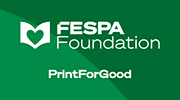

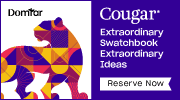

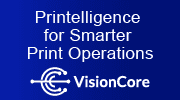

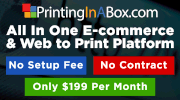
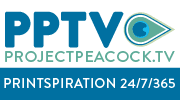



2 Responses
Important catalyst that launched digital printing to be competitive with commercial printing,
Was first the elimination paper stock pin-feed holes, and fan folded paper boxes; Otherwise known as business forms.
The second catalyst was the replacement of cut sheet reem wraps with roll-feed paper.
It’s also led to the 90 degree rotation of the grain direction, just made the paper stiff enough to get through the printer without jamming.
These facts are documented by my 75 US patents, and three lifetime achievement awards.
Buck Crowley, you a a superstar of the print industry! Your contribution to print is amazing and changed the game forever. Thanks for reading my blog, it is truly an honor.